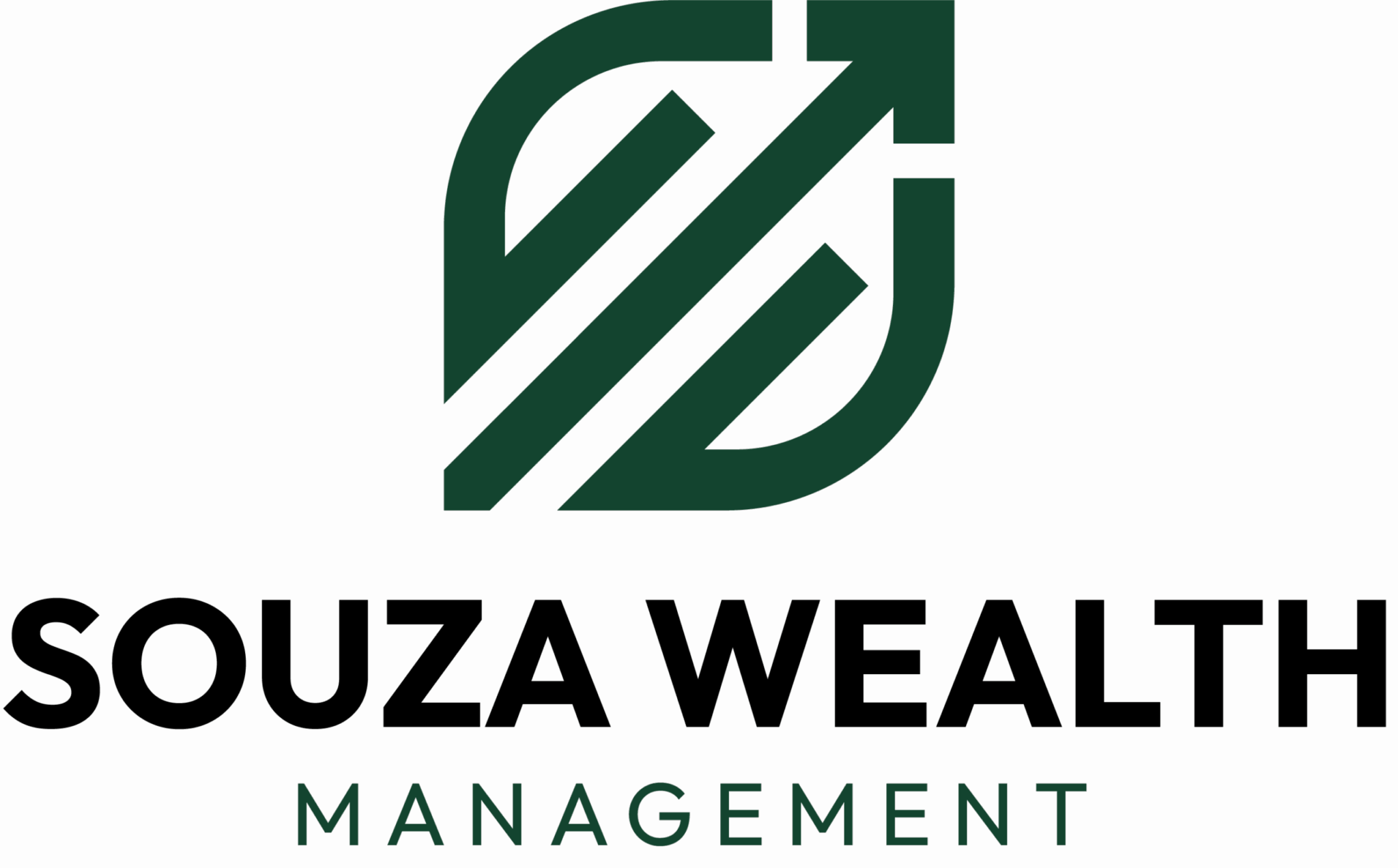In today’s unpredictable financial markets, protecting your wealth is more important than ever. Market volatility is a natural part of investing, but it can cause significant concern for investors who don’t have a risk management strategy in place. Whether you’re building your wealth, saving for retirement, or planning your estate, understanding how to manage risk can help you achieve long-term financial success.
At Souza Wealth Management, we specialize in guiding our clients through the complexities of wealth management and creating strategies that protect and grow their assets. In this blog, we’ll explore risk management strategies that help you safeguard your wealth from market volatility, making sure you remain on track to meet your financial goals.
Understanding Market Volatility:
Market volatility refers to the fluctuations in the prices of assets such as stocks, bonds, and commodities. While short-term market movements can be unsettling, they are a normal part of the financial landscape. Volatility can occur for various reasons, including economic uncertainty, political instability, global events (like pandemics), or shifts in investor sentiment.
For investors, volatility can mean sudden drops or sharp increases in the value of their investments. While it might be tempting to react impulsively during these periods, it’s important to remember that volatility doesn’t necessarily translate to long-term loss. The key is having a strategy to weather the storm.
Key Risk Management Strategies for Protecting Your Wealth:
- Diversification – Spreading Risk Across Asset Classes
One of the most effective strategies for mitigating risk is diversification. Diversification involves spreading your investments across different asset classes such as stocks, bonds, real estate, and alternative investments like commodities. By doing so, you reduce the impact of a downturn in one sector on your overall portfolio.
For example, while stock prices may fall due to market volatility, bonds or other assets may not be as affected. Additionally, diversifying across industries and geographic regions ensures that you’re not overly exposed to any single sector or country. At Souza Wealth Management, we can help you build a diversified portfolio customize to your financial goals and risk tolerance.
- Asset Allocation – Adjusting Your Portfolio Based on Risk Tolerance
Asset allocation is another critical component of risk management. This strategy involves dividing your investment portfolio into different categories (equities, bonds, cash equivalents, etc.) based on your time horizon and risk tolerance.
If you are younger and have a long time horizon, you may opt for a more aggressive portfolio with a higher percentage of stocks. However, if you are nearing retirement, you may want a more conservative approach with a larger allocation to bonds and cash-equivalents to protect against market downturns. A well-constructed asset allocation strategy can help manage risk while maximizing potential returns.
- Rebalancing – Keeping Your Portfolio on Track
As the markets fluctuate, so too will the value of your investments. For example, if stocks outperform bonds in a given year, your portfolio may become too heavily weighted in equities. Rebalancing involves adjusting your portfolio periodically to maintain your desired asset allocation.
Regular rebalancing ensures that you don’t unintentionally take on more risk than you’re comfortable with, especially after periods of market growth or decline. Working with a financial advisor can help ensure that your portfolio remains aligned with your goals and risk profile.
- Hedging – Using Investments to Offset Potential Losses
Hedging involves using specific investments to offset potential losses in other parts of your portfolio. For example, some investors use options or other derivative instruments to hedge against downturns in the market.
While hedging can be complex and not appropriate for all investors, it can serve as an additional layer of protection for wealth preservation during uncertain times. Our team at Souza Wealth Management can advise you on whether hedging strategies align with your overall investment approach.
- Emergency Fund – Providing a Buffer Against Market Fluctuations
An emergency fund is essential for protecting yourself from financial hardship during market downturns. Having a cash reserve ensures that you don’t have to sell your investments at a loss if you need money quickly. Financial experts generally recommend saving three to six months’ worth of living expenses in an easily accessible account.
Having an emergency fund gives you peace of mind, knowing that you can handle unexpected expenses without disturbing your long-term investment strategy.
The Role of Professional Guidance in Risk Management:
Risk management isn’t something you should do alone. A comprehensive, proactive strategy requires the expertise of financial professionals who understand the intricacies of investment markets. At Souza Wealth Management, we help you identify and assess risks specific to your financial situation and develop a personalized plan to manage them.
Our team of financial advisors utilizes proven techniques such as portfolio optimization, asset allocation, and diversification to reduce your exposure to market volatility. With ongoing market analysis and strategic planning, we ensure that your portfolio remains resilient in all market conditions.
Conclusion:
Market volatility can be unnerving, but with the right risk management strategies in place, you can protect your wealth and stay on track to achieve your long-term financial goals. Diversification, asset allocation, rebalancing, and an emergency fund are just some of the ways we work with you to manage risk effectively.
If you’re ready to develop a risk management strategy customize to your needs, contact us at Souza Wealth Management. Let us help you safeguard your financial future, no matter what the market brings.



